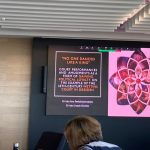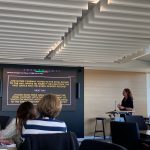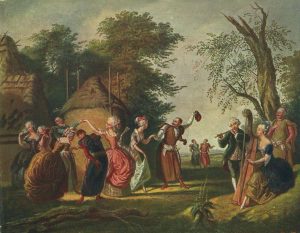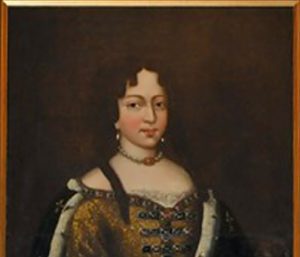Conference Royal Spectacle and Court Performance Adelaide (Australia)
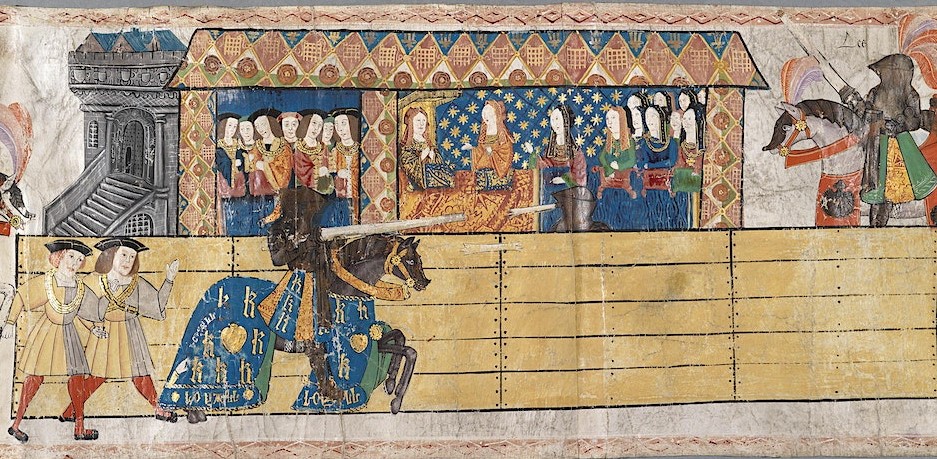
Dr hab. Urszula Kicinska and dr hab. Anna Penkała-Jastrzębska participated in the conference: “Royal Spectacle and Court Performance in the medieval and early modern world” (by University of Adelaide, Society for the History of Emotions). They presented the research: „”No one danced like a king” Court performances and amusements as a form of gaining political loyalty on the example of the 18th-century Wettins Court in Dresden”
Event Synopsis: Royalty has often been accompanied by spectacle, ritual, and excess. Monarchs have exploited public space to exert authority, express anger or encourage love, deploying high-profile and fantastic rituals or displays to communicate with their publics. Clothing, accessories, gifts, food, and other materials have been used to build friendships, negotiate social hierarchies, or to convey displeasure. Art, statuary, monuments and buildings, as well as the more ephemeral prints, ribbons, or household goods, have been used as propaganda and to further a performance of power. Art and material goods were often part of elaborate performances at court, on stage, in the press, or on the street, where spectacle was embodied and communicated as identity, power and privilege. Such activities were replete with emotion, as courtiers sought to build or negotiate relationships, encourage awe or affection, and promote appreciation of systems of monarchical power and divine right. This workshop explores royal spectacles and court performances in the medieval and early modern world and presentations throughout the day will speak to this theme.
 Women's noble court in the Polish-Lithuanian Commonwealth in the Saxon times. Structure, people, culture, functions
Women's noble court in the Polish-Lithuanian Commonwealth in the Saxon times. Structure, people, culture, functions


